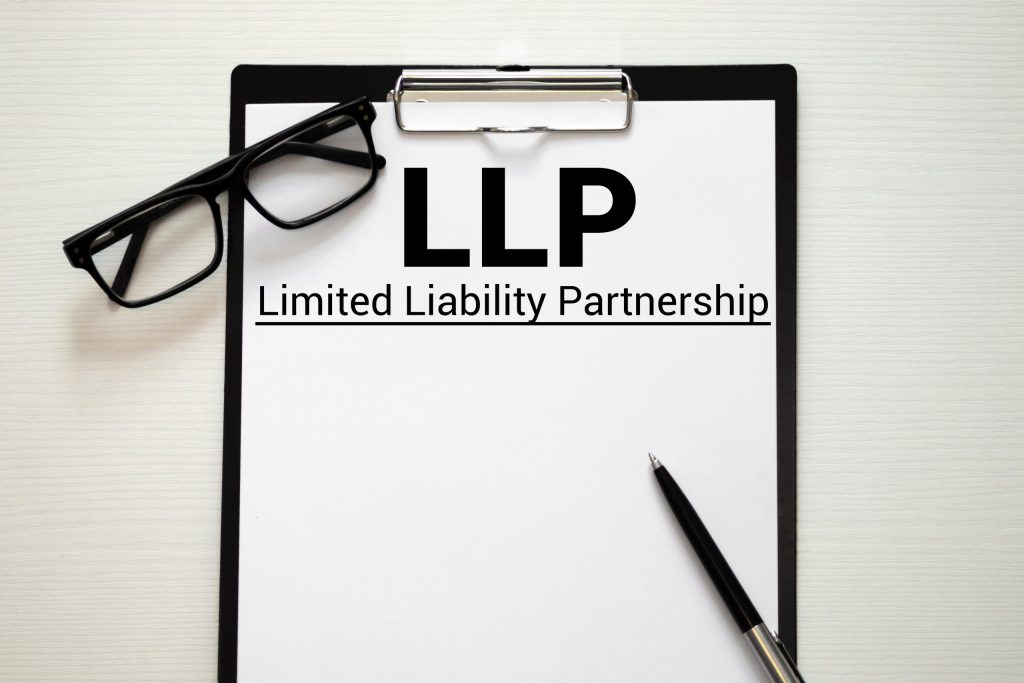10 Must Have Clauses in an LLP Agreement That Are Not Prescribed Under the LLP Act.
A limited liability partnership (LLP) can be defined as an incorporated business formed by 2 or more natural persons or a body corporate and is governed by the Limited Liability Partnership Act 2011 (LLP Act). LLPs are a perfect fit for most professionals like lawyers and doctors, two professions at high risk for malpractice suits.
The partnership Agreement must be in agreement with the LLP Act as it is the governing legislation.
For example: Some default provisions under schedule 1 of the LLP Act include,
- Each partner in a limited liability partnership is entitled to participate in the management of the partnership.
- A partner in a limited liability partnership is not entitled to remuneration for acting in the business or management of the partnership.
- A person can only become a partner in a limited liability partnership with the consent of all the existing partners.
The following are clauses for consideration that are not stipulated under the LLP Act:
Capital contribution.
What each partner contributes to the firm must be specified in the partnership agreement. It can be beneficial to make these expectations clear up front to assist you prevent issues later on.
Additionally, the incoming contributions that each partner will make. These can be necessary before the company starts to turn a profit. For instance, the agreement can specify that more contributions from each partner are necessary if the initial contributions are insufficient.
The Proportion of ownership.
Partners ought to pledge what they will each give to the business in the partnership agreement. The partnership agreement may include pledges of services or property, and the partners may agree to provide capital to the business in the form of monetary contributions to aid with initial costs or contributions of equipment. These contributions typically determine each partner’s ownership stake in the company, and as such, they are crucial aspects of the partnership agreement.
Partnership Duration.
Although it is typical for partnerships to operate for an indefinite period of time, there are some cases where a business is intended to dissolve or end after attaining a particular milestone or after a set number of years. Even when the time limit is not defined, this information should be included in a partnership agreement.
Decision Making and Resolving Disputes.
The most common conflicts in a partnership arise due to challenges with decision making and disputes between partners. A voting system or another mechanism to ensure checks and balances among partners may be included in the parameters spelled out in the partnership agreement regarding the decision-making process. A partnership agreement should also specify how decisions will be made and how disagreements will be resolved. This is often accomplished through a mediation provision in the contract designed to offer a way to settle disputes between partners without the need for court involvement.
Duties and Responsibilities of each Partner.
In further elaboration of the default provision of on management of the partnership, it is integral for the partnership to stipulate the management roles of the various partners. This would include the responsibilities of the partners in the day to day operations as well as the voting rights of the various partners.
A business has several tasks that must be executed. Certain management positions might overlap (or only need temporary oversight). When there is a communication breakdown and no clear definition of each partner’s duties, responsibilities frequently overlap. Further, the agreement must include a procedure for making decisions, it must indicate if decisions will be made by democratic procedures, delegation, or consensus of all the partners.
Prohibited Conduct.
Further to the above this clause would stipulate the conduct that is expressly forbidden. This clause would be necessary to give partners utmost clarity as well as stipulating the resulting penalties for such conduct.
Drawings.
This clause would entail the amount of money each partner is eligible to withdraw from the business at a particular given time. This would protect the business form illiquidity that would otherwise be a threat without the clause.
Non-compete clause.
When a partner departs, you don’t want them to start a competitor nearby. The best course of action is to solve the issue before it arises.
Partnership agreements ought to have a non-compete clause stating that the partners won’t launch a rival company or engage in direct rivalry.
Death or Disability of a partner.
In the event of death or incapacitation of a partner, this clause would stipulate the resulting procedure and effects. It is important for partners to acknowledge to whom their controlling interests would accrue to. This would assist partners to navigate the uncertainty of tragedy on the business.
Winding Up/Dissolution.
The partnership deed ought to stipulate the number of partners that initiate the dissolution of the partnership, and importantly how its assets would be distributed.
While a partnership agreement can have a myriad of clauses that are tailor made for the particular objectives of the business in congruence with the relevant legislation the above clauses are paramount to ensure growth of your business.
How can Netsheria help?
We, at Netsheria, have excellent and experienced corporate and commercial lawyers who will help you in setting up your preferred business vehicle by for example drafting and/or reviewing your Partnership agreement to ensure that you have the appropriate vehicle for your business needs. Contact any of our team today or book an online consultation here.






